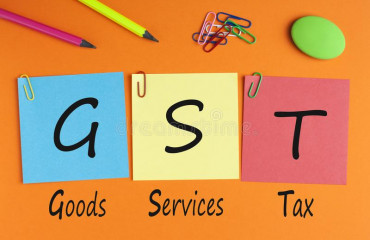
Industry-specific data on tax evasion was not immediately available but as per official records, between July 2017 and August 2020, over ₹93,400 crore of GST evasion was detected by central and state authorities and over 400 arrests made across industries.
Industry-specific data on tax evasion was not immediately available but as per official records, between July 2017 and August 2020, over ₹93,400 crore of GST evasion was detected by central and state authorities and over 400 arrests made across industries.
New Delhi: A ministerial panel appointed by the Goods and Services Tax (GST) Council has rejected the idea of imposing a capacity-based tax on pan masala and gutka but proposed greater disclosure requirements for the tobacco-based industry, a person informed about Centre-state discussions on GST-related matters said.
The report by this committee, led by Odisha minister Niranjan Pujari, is expected to be discussed at a meeting of the GST Council on Saturday for its approval, said the person who spoke on condition of anonymity.
The idea behind stepping up disclosure requirements is to check tax evasion in an industry that tax officials suspect is evasion-prone.
The committee has concluded that capacity-based taxation— a tax based on installed production capacity and speed of production rather than supplies which is the current norm of taxation—is not compatible with GST principles.
"In the pre-GST era, the number of installed machines and the speed of production was considered for determining the appropriate tax for a unit. But GST is not an origin-based tax; it is a destination-based tax on consumption. The ministerial group has proposed scaling up disclosure requirement rather than capacity-based taxation," said the first person quoted above. The excise duty levied on production was subsumed into GST in 2017. "Capacity-based taxation was a simpler method, used in the excise duty regime in limited, tax evasion-prone industries. The idea was that if taxes to be collected is decided based on capacity, the authorities need not worry about clandestine removal of goods from production units as tax is anyway collected on goods based on production capacity," said Muralidharan R., partner, Deloitte India.
"Of course, this will benefit manufacturers who produce above capacity and adversely impact those manufacturers who produce below capacity," he added. In the GST regime, e-way bills play a key role in checking to a large extent clandestine removal of goods to evade taxes, said Muralidharan.
Emails sent to the finance ministry and to the GST Council Secretariat on Tuesday seeking comments for the story remained unanswered at the time of publishing.
Industry-specific data on tax evasion was not immediately available but as per official records, between July 2017 and August 2020, over ₹93,400 crore of GST evasion was detected by central and state authorities and over 400 arrests made across industries.
The GST Council is also expected to consider proposals made by a group of ministers regarding the setting up of GST appellate tribunals across the country. These tribunals will have one judicial and one technical member from either the Centre or the states to ensure equity in membership, said a second person, who also spoke anonymously.
"Tribunals are the final fact-finding authorities and hence, a significant number of disputes get resolved at the tribunal level. In the absence of tribunals, the taxpayers were forced to go to the writ court and hence there was hardship in a few cases", said Abhishek A. Rastogi, founder of Rastogi Chambers. The Council is also expected to consider approving a uniform audit manual for central and state indirect tax administrations at its Saturday meeting. A common audit manual— the guiding principles for officers—is expected to bring uniformity in audits and more certainty to businesses in handling multiple audits across central and state jurisdictions.
